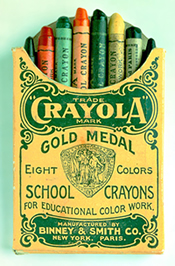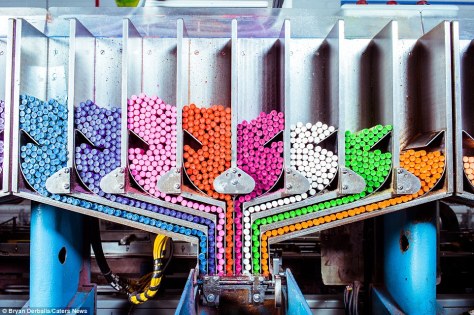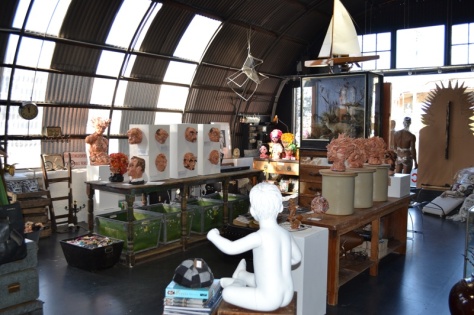Crayola brand crayons were the first kids crayons ever made, invented by cousins, Edwin Binney and C. Harold Smith. They had already invented a new wax crayon used to mark crates, but it contained carbon and was too toxic for children. This started research into nontoxic drawing tools for kids. They were confident that the safe pigment and wax mixing techniques they had developed could be used for a variety of colors.
The brand’s first box of eight Crayola crayons made its debut in 1903. The crayons were sold for a nickel and the colors were black, brown, blue, red, purple, orange, yellow, and green.
Some of these photographs were taken by Bryan Derballa, and show the inside of the Crayola factory which produces around 12 million crayons every day.
Today, there over one hundred different types of crayons being made by Crayola including crayons that: sparkle with glitter, glow in the dark, smell like flowers, change colors, and wash off walls and other surfaces and materials.
The modern crayon, originating in Europe, was a man-made cylinder that resembled contemporary sticks. The word Crayola was created by taking the French words for chalk and oily and combined them. Later, powdered pigments of different colors replaced the charcoal. Later substituting wax for the oil made the sticks sturdier and easier to handle.






